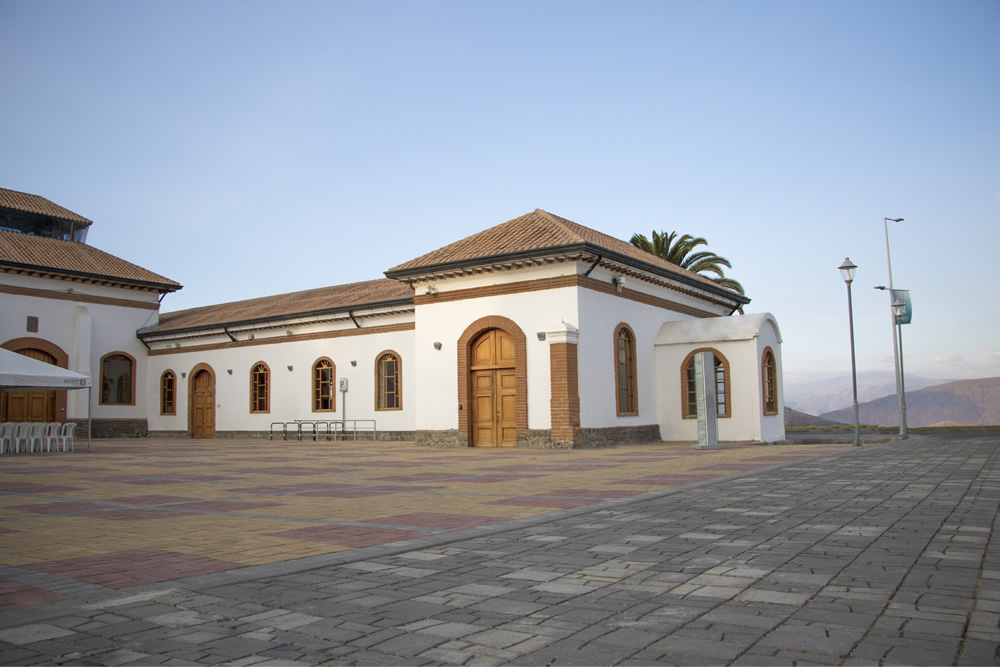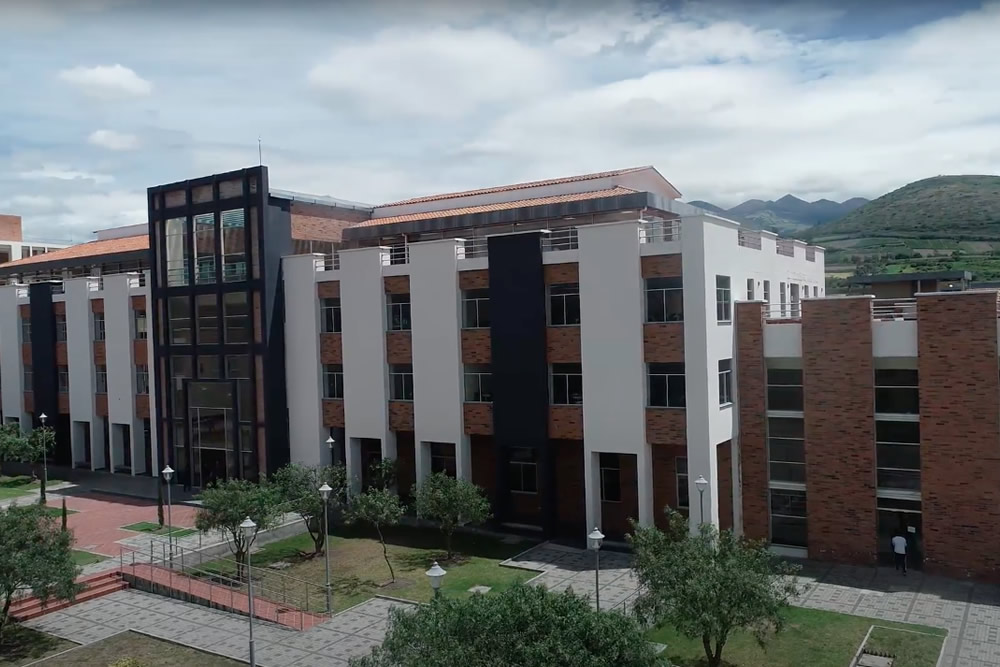Understanding Earth / John Grotzinger, California Institute of Technology, Thomas H. Jordan, University of Southern California.
Tipo de material: TextoIdioma: Inglés Fecha de copyright: New York : W.H. Freeman and Company, a Macmillan Higher Education Company, 2014Edición: Seventh editionDescripción: xxvi, 672 pages : color illustrations ; 28 cmISBN:
TextoIdioma: Inglés Fecha de copyright: New York : W.H. Freeman and Company, a Macmillan Higher Education Company, 2014Edición: Seventh editionDescripción: xxvi, 672 pages : color illustrations ; 28 cmISBN: - 9781464138744 (paperback)
- 1464138745 (paperback)
- 550 23
- QE28 .P9 2014
| Tipo de ítem | Biblioteca actual | Signatura | Copia número | Estado | Fecha de vencimiento | Código de barras | Reserva de ítems | |
|---|---|---|---|---|---|---|---|---|
 Colección general
Colección general
|
Biblioteca Yachay Tech | 550 G8819u 2014 (Navegar estantería(Abre debajo)) | Ej. 1 | Disponible | 005243 | |||
 Colección general
Colección general
|
Biblioteca Yachay Tech | 550 G8819u 2014 (Navegar estantería(Abre debajo)) | Ej. 2 | Disponible | 005244 | |||
 Colección general
Colección general
|
Biblioteca Yachay Tech | 550 G8819u 2014 (Navegar estantería(Abre debajo)) | Ej. 3 | Disponible | 005245 |
Chapter 1 The earth system -- Chapter 2 Plate tectonics : the unifying theory -- Chapter 3 Earth materials : minerals and rocks -- Chapter 4 Igneous rocks : solids from melts -- Chapter 5 Sedimentation : rocks formed by surface processes -- Chapter 6 Metamorphism : alteration of rocks by temperature and pressure -- Chapter 7 Deformation : modification of rocks by folding and fracturing -- Chapter 8 Clocks in rocks : timing the geologic record -- Chapter 9 Early history of the terrestrial planets --Chapter 10 History of the continents -- Chapter 11 Geobiology : life interacts with Earth -- Chapter 12 Volcanoes -- Chapter 13 Earthquakes -- Chapter 14 Exploring earth's interior -- Chapter 15 The climate system -- Chapter 16 Weathering, erosion, and mass wasting : interactions between, the climate and plate tectonic systems -- Chapter 17 The hydrologic cycle and groundwater -- Chapter 18 Stream transport : from mountains to oceans -- Chapter 19 Winds and deserts -- Chapter 20 Coastlines and the ocean basins -- Chapter 21 Glaciers : the work of ice -- Chapter 22 Landscape development -- Chapter 23 The human impact on Earth's environment.
Sand dunes in the Namib Desert of central Namibia, pictured on the front cover, are among the tallest in the world. These mountains of sand form by the weathering and erosion of rocks in South Africa, which yield sand grains that are transported down the Orange River to the Atlantic Ocean. There, strong currents from Antarctica move the sand along the shoreline until the wind blows the beach sand up onto the continent to form these dunes.
No hay comentarios en este titulo.




